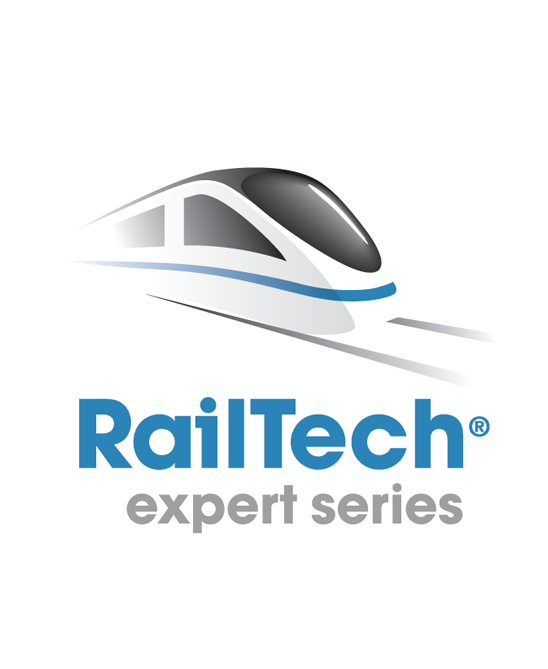Pietro Pace Pietro Pace
MerMec
Speaking on 24 November during the Big Data in Railway Operations sessions 
MerMec
Creating an Intelligent Railway System: from big data collection to information distribution
Condition monitoring is the collection of big data from either rolling stock or railway infrastructure and can give valuable information for optimised management and maintenance of railway assets. Big data are usually characterised in terms of several Vs such as Value, Variability, Variety, Velocity, Veracity, Visualisation and Volume. These Vs are useful to understand how railways are already using or should be using condition data.
Big Data or Data at rest well describes the condition data used only once — just to check if safety parameters are met – and left to die in the so-called ‘data graveyards’.
The further use of condition data can reduce the number of system failures, missed or unnecessary maintenance activities by knowing current asset condition and their evolution to help mitigate risk at the minimum asset life cycle cost. In fact, today railways can take the big data from multiple condition monitoring devices and perform proper analysis not only to identify and to confirm safety related defects, but also estimate condition degradation and eventual future defects to recommend maintenance and renewal works. Moreover, the correlation of rolling stock and infrastructure data leads to an enhanced level of defects cause identification.
Other enterprise systems such as GIS, Dashboards for Asset Health Monitoring and Asset Management/Enterprise Resource Planning systems can integrate key information extracted from condition data. This allows for early identification of potential defects, accurate maintenance resources planning oriented to schedule and allocate workforce, machines, materials and possession time on the assets that need attention.
The increased decision-making capability potential requires railway companies to deploy a proper data collection and analytics strategy to integrate the disparate systems and the selection of a data analytics solution. Key objectives of such strategy should include:
- Reduction or elimination of the human involvement in asset inspection, data processing and validation;
- Specify and extract information from big data to support decision making;
- Target inspection, maintenance and renewal decisions with the new information generated;
- Align standards and procedures to regulate the new scenario
Main user requirements to be covered to reach these objectives include the capability to:Establish a standard to exchange condition data between rolling stock and infrastructure managers or other contractors
- Store and manage condition data in a secure and efficient manner to support data verification and processing, by proper data analysis railways can reduce at a minimum level time and operators effort required between measurement and information distribution
- Apply proper business rules (e.g. condition-based life-cycle degradation models) to accurately monitor assets health and predict the future condition as well as service levels.
- Create scenarios to demonstrate the impact of increased or decreased maintenance and renewal activities to inform CAPEX & OPEX investment decisions.
- Determine short to long-term works and funding requirements to achieve desired service levels.
- Allocate resources in the optimal way to extend asset lives and improve service levels while respecting available funding.
- Check the efficiency and efficacy of maintenance by using asset registry, historical condition data and work data.
The paper will illustrate and describe new practices and lessons learned originated from projects with several railways worldwide, where usage of significant amounts of data and information for condition based and predictive maintenance was the main concern.
View the topics of discussion and the speakers for each individual theme:
- Day 1: Wayside Train Monitoring Systems
- Day 2: Rail Infrastructure Measuring & Monitoring
- Day 3: Big Data in Railway Operations
We look forward to welcoming you in Naples between 22 – 24 November for the Intelligent Rail Summit.
